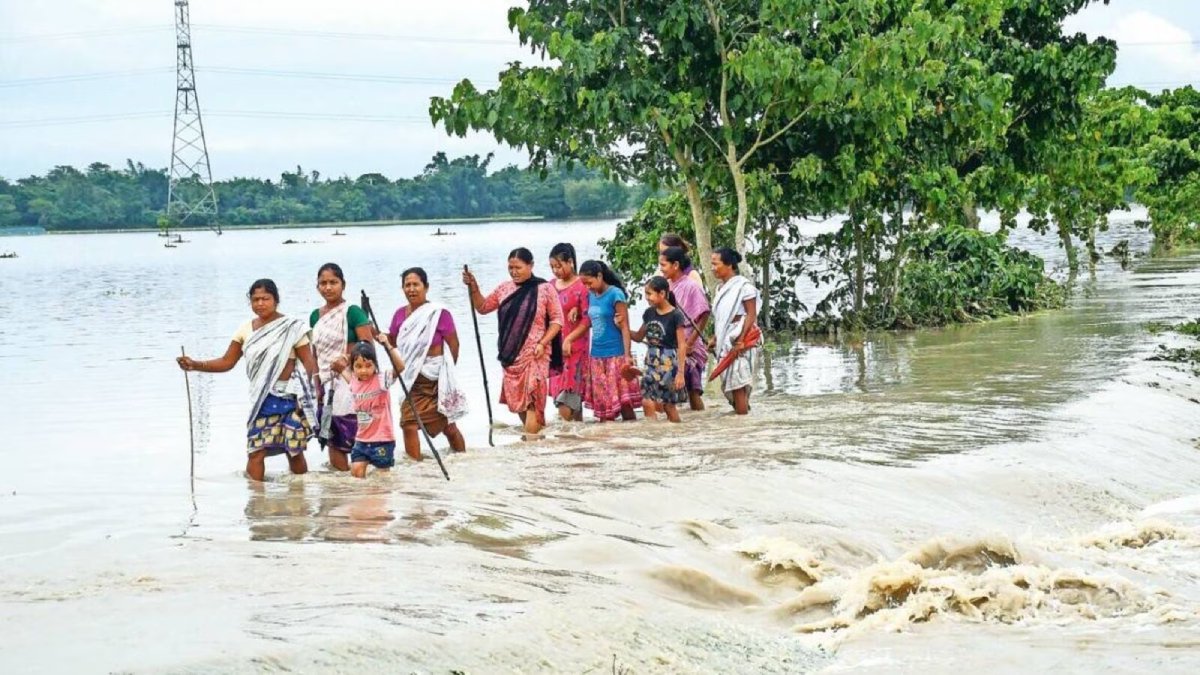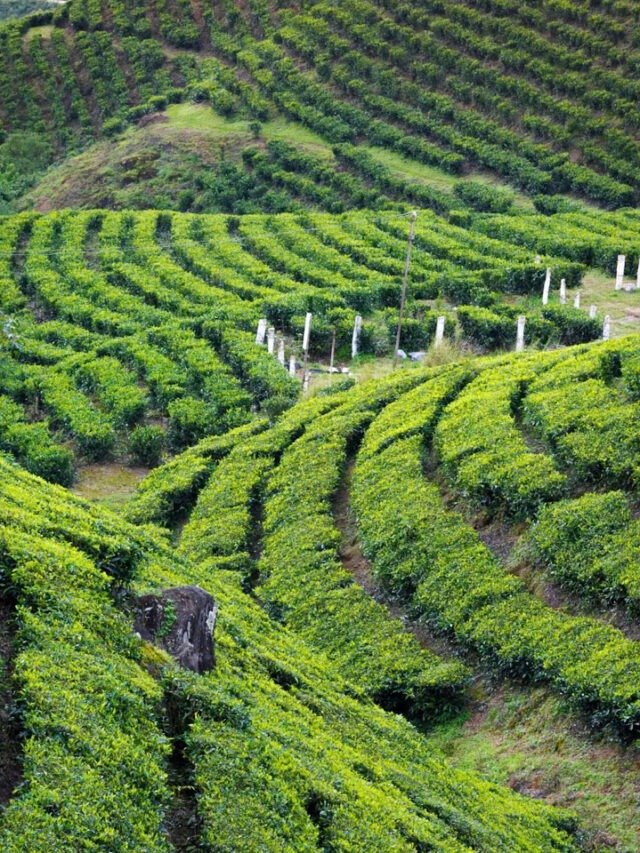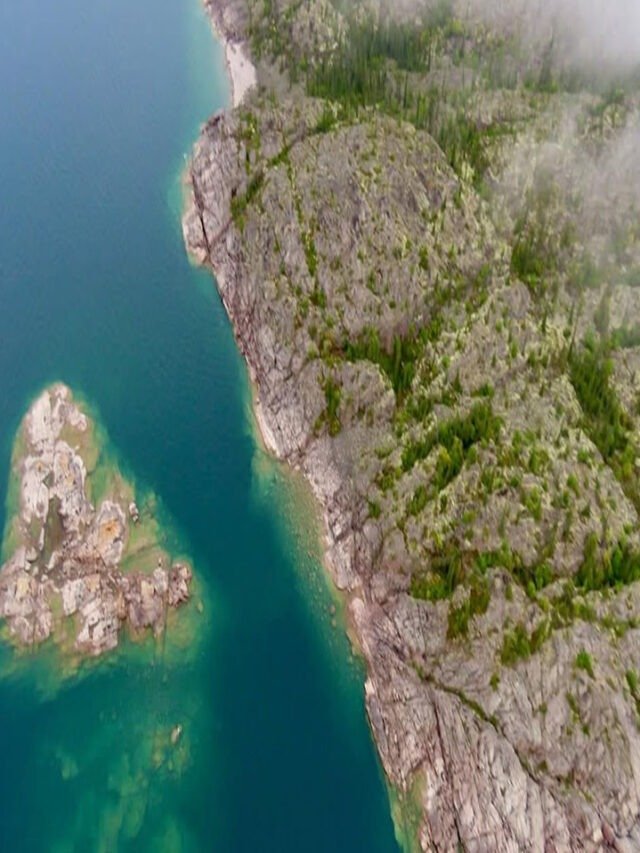GUWAHJATI, June 1: The flood situation in Assam remains grim, with over 3.5 lakh people affected across 11 districts, officials said on Saturday.
Road and rail communication in several parts of the state remained disrupted following incessant rain in the aftermath of cyclone ‘Remal’, they said.
In worst-hit Cachar district, all educational institutions were closed on Saturday due to the prevailing weather conditions, an official release said, adding that scheduled semester and compartmental exams will be held as planned.
Nearly 3.5 lakh people remained affected in Karbi Anglong, Dhemaji, Hojai, Cachar, Karimganj, Dibrugarh, Nagaon, Hailakandi, Golaghat, West Karbi Anglong and Dima Hasao districts, Assam State Disaster Management Authority stated in a release.
Close to 30,000 people have sought refuge in relief camps, with various rescue agencies evacuating those in vulnerable areas.
Cachar district is the worst hit with 1,19,997 people affected, followed by Nagaon (78,756), Hojai (77,030) and Karimganj (52,684).
The death toll due to floods, rain and storms in the state since May 28 has touched 12.
Incessant rains have disrupted rail and road communications in Barak Valley and Dima Hasao. Vehicles remain stranded as part of the national highway in Meghalaya was washed away, severing road communication in Barak Valley with the rest of the state and region. Several trains have been canceled or short-terminated, according to a Northeast Frontier Railway spokesperson.
Meanwhile, the southwest monsoon has entered Assam and other northeastern states ahead of its scheduled time due to the effect of Cyclone Remal, according to the Indian Meteorological Department.
Heavy rainfall and thunderstorm has been forecast in different districts of the state.
Meanwhile, the Northeast Frontier Railway (NFR) will conduct a survey at critical locations of the Lumding-Silchar section, which is often affected by floods.
The survey will be conducted during and after the monsoon, analysing critical locations in detail for the type of soil strata, stability of slope, presence of natural or formed fault tending any movement of hill, water accumulation beneath the soil strata and formation of slip circle, a statement said. (PTI)












